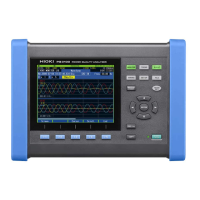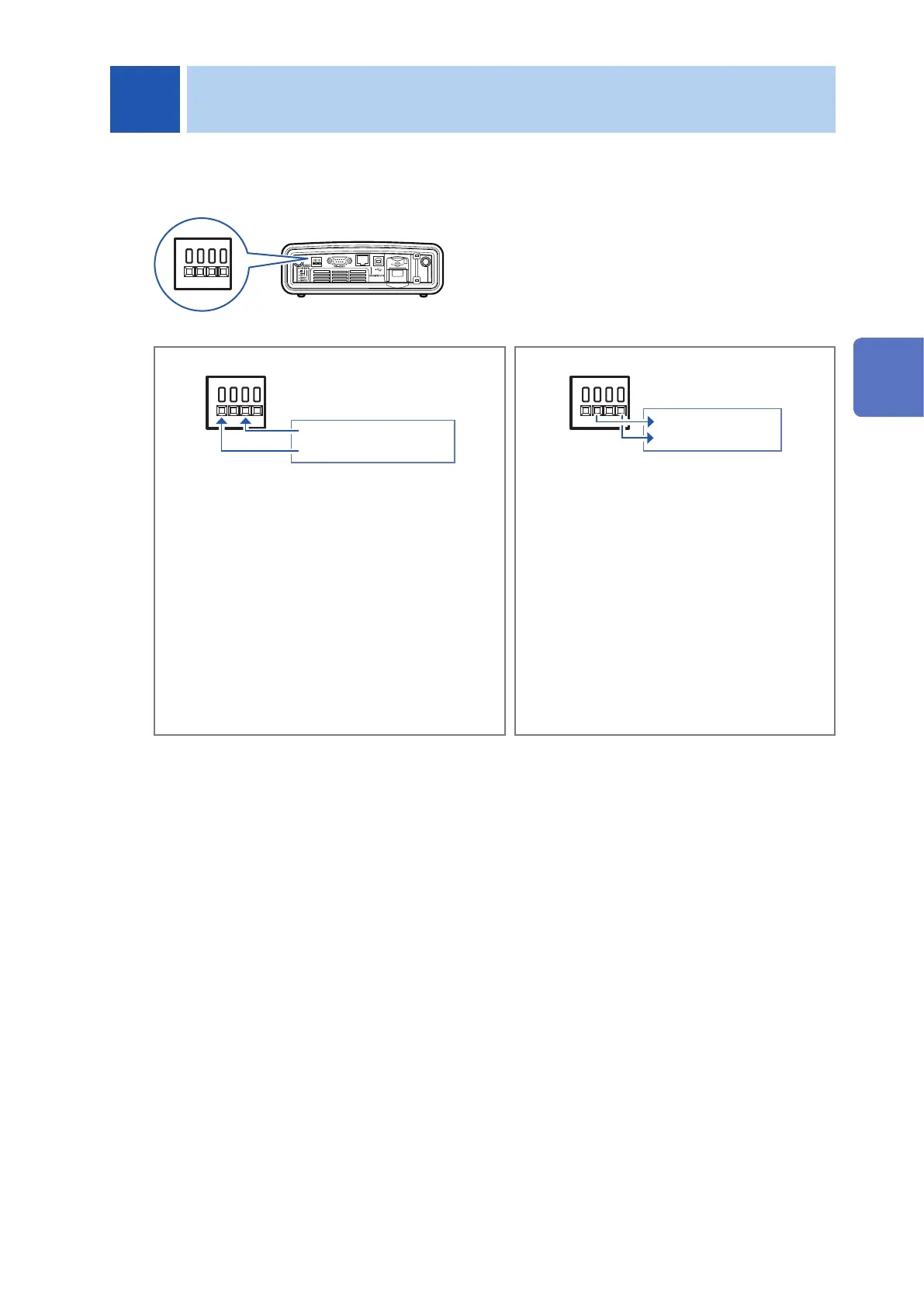147
13
External I/O
External I/O terminals are used to allow event signal input from an external device and to output a
signal to external device when an event occurs.
Anomaly detector
1 2 3 4
External devices are connected to 1 “Event input
terminal” (EVENT IN
―――――――
)” and 3 “Ground terminal for
event input (non-isolated) (GND1).”
1 2 3 4
Hioki
Memory HiCorder
External devices are connected to 2 “Event
output terminal” (EVENT OUT
――――― ― ――
)” and 4 “Ground
terminal for event output (non-isolated)
(GND2).”
When you connect the detection signal of an
anomaly detector such as an over-current relay to
the event input terminal, an event will occur when
there is an anomaly operation.
See “13.1 Event Input” (p. 148).
The anomalies occurring in the instrument will
be informed to the external device.
When you connect the event output terminal
to a trigger input terminal on a waveform
recording device such as the Hioki Memory
HiCorder, you can record waveforms on the
Memory HiCorder when an event occurs.
See “13.2 Event Output” (p. 149).
To use the external I/O terminals, you must perform the following tasks:
To use event input
• Check how to use event input terminal
• Set the external event to ON (p. 74)
• Use cables to connect the instrument with the external device (p. 151)
To use event output
• Check how to use the event output terminal
• Set the external event output (p. 150)
• Use cables to connect the instrument with the external device (p. 151)
13 External I/O
13
External I/O

